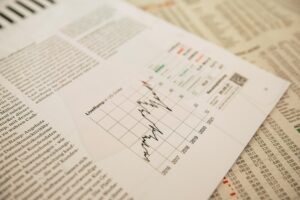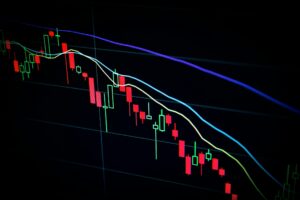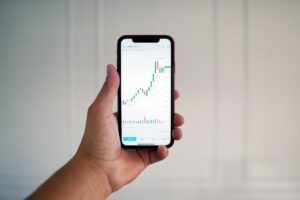Last updated on February 14, 2024

| The recent release of key economic data has provided valuable insights into global economic trends, with a particular focus on US inflation, UK GDP, and labor market statistics. The United States CPI data, a crucial indicator of inflation trends, has been eagerly awaited by market analysts and policy makers. Recent data suggests a potential easing of inflationary pressures, aligning with predictions from PMI data. This development is critical as it may influence the Federal Reserve’s decisions on interest rates, with previous expectations hinting at multiple rate cuts in the year. In the United Kingdom, the release of the fourth quarter GDP numbers is being closely monitored. After a 0.1% decline in the third quarter, any further decrease could signal a technical recession. The labor market statistics and January inflation figures from the UK are also crucial, as sticky inflation could impact the Bank of England’s rate decisions. Eurozone’s employment and industrial production figures are set to provide insights into potential GDP revisions. Japan’s unexpected slip into recession and Germany surpassing Japan as the world’s third-largest economy are significant developments in the global economic landscape. The S&P Global Investment Manager Index, offering insights into risk sentiment and market drivers, is another key element in understanding current economic trends. The latest economic reports paint a comprehensive picture of the global economic situation. The US inflation data suggests a potential shift in monetary policy, while the UK grapples with recession risks. These developments, along with other global economic indicators, are essential in understanding the current state of the world economy and preparing for future economic trends. |
Significant terms:
- GDP (Gross Domestic Product): Measure of economic performance.
- Labor Market Statistics: Data on employment and unemployment.
- Federal Reserve: Central bank of the United States.
- Interest Rates: Cost of borrowing money, set by central banks.
- PMI (Purchasing Managers’ Index): Indicator of economic health in manufacturing and services sectors.
- Bank of England: Central bank of the United Kingdom.
- Eurozone: Economic and monetary union of European Union countries.
- Industrial Production: Output of industrial establishments.
- Recession: Period of economic decline, typically marked by GDP contraction.
- S&P Global Investment Manager Index: Indicator of risk sentiment and market drivers.
- Economic Reports: Data providing insights into economic conditions.
- Monetary Policy: Central bank actions influencing money supply and interest rates.
- Risk Sentiment: Attitude toward risk in financial markets.
- Global Economic Indicators: Data providing insights into worldwide economic trends.







Comments are closed.